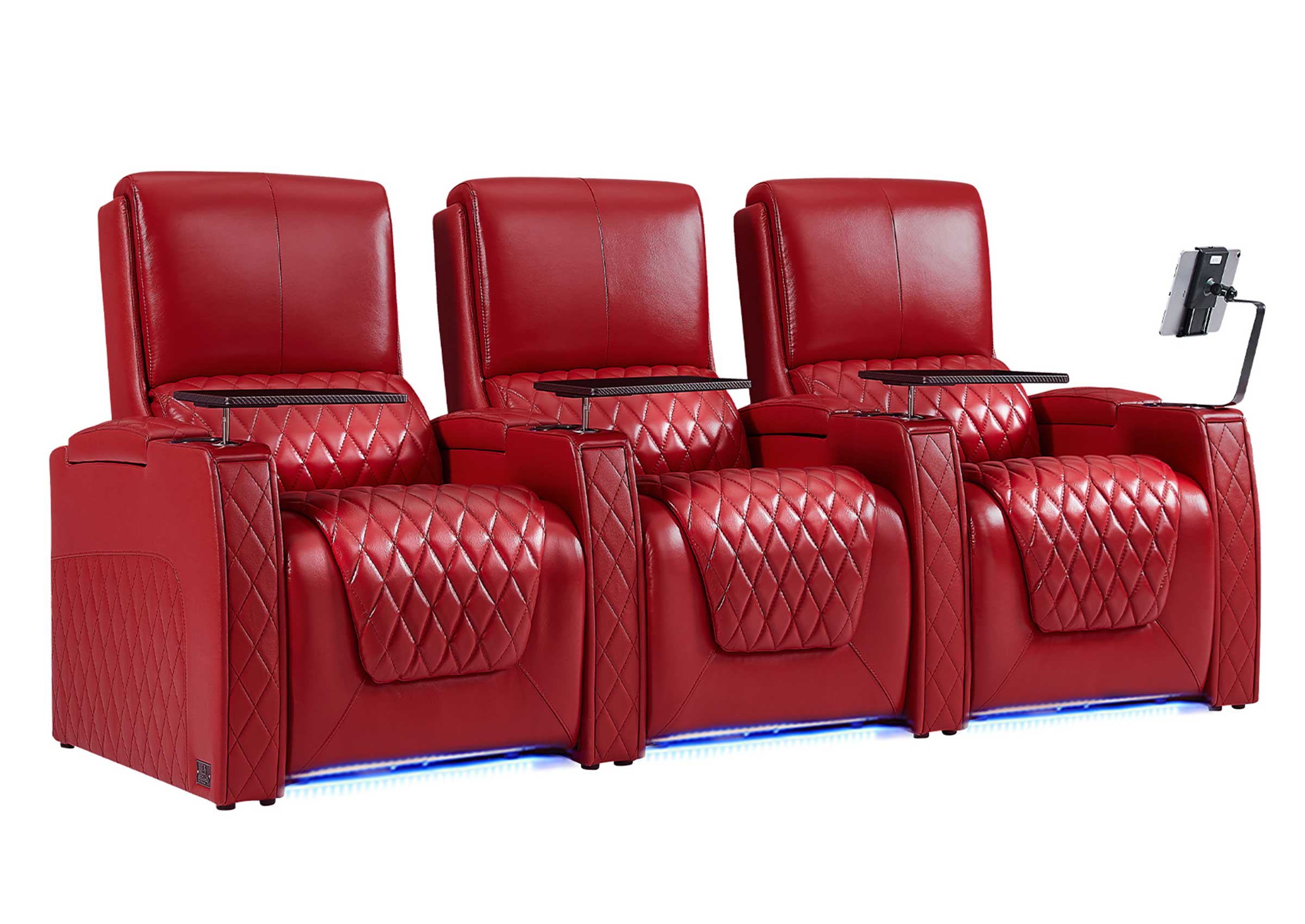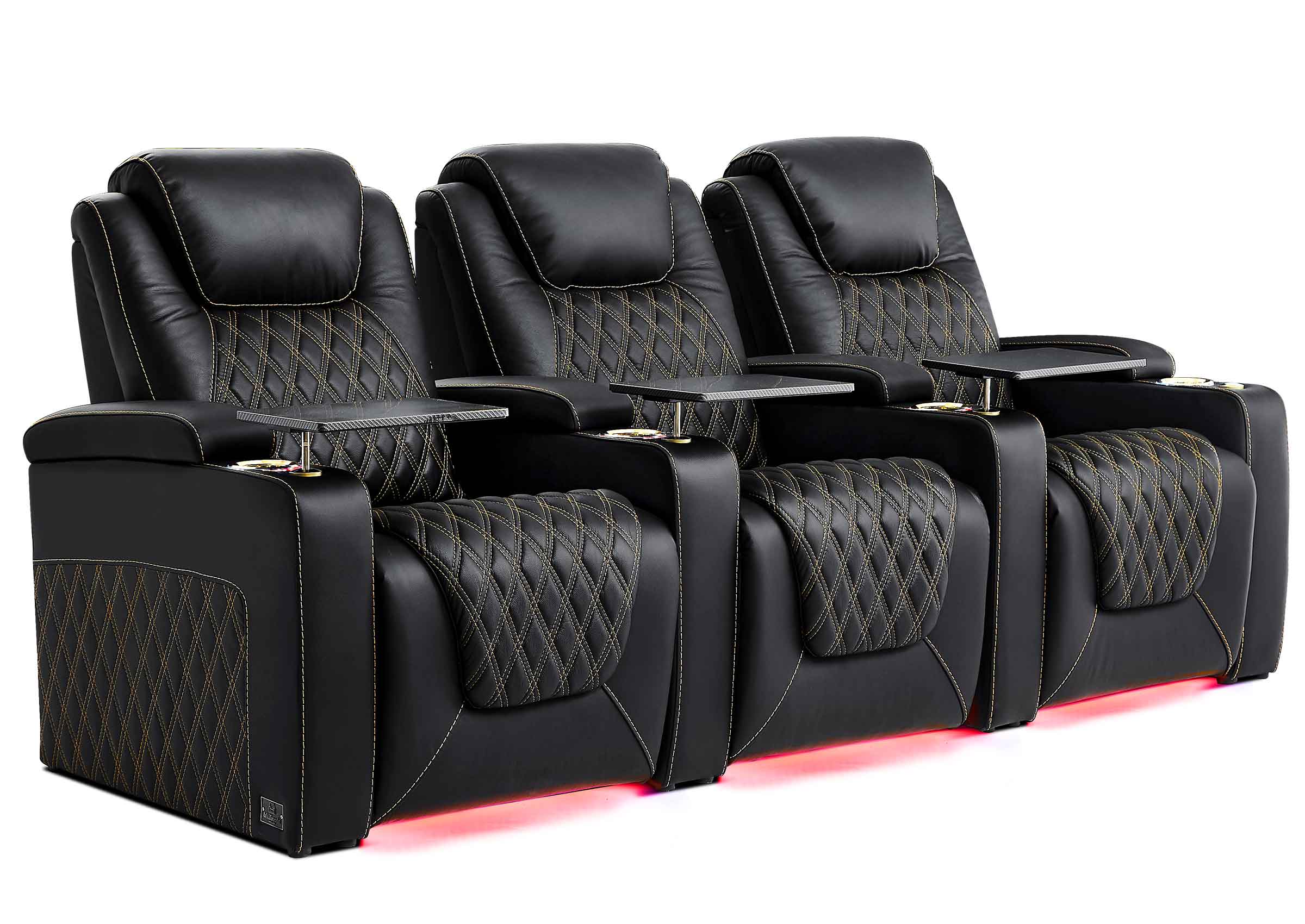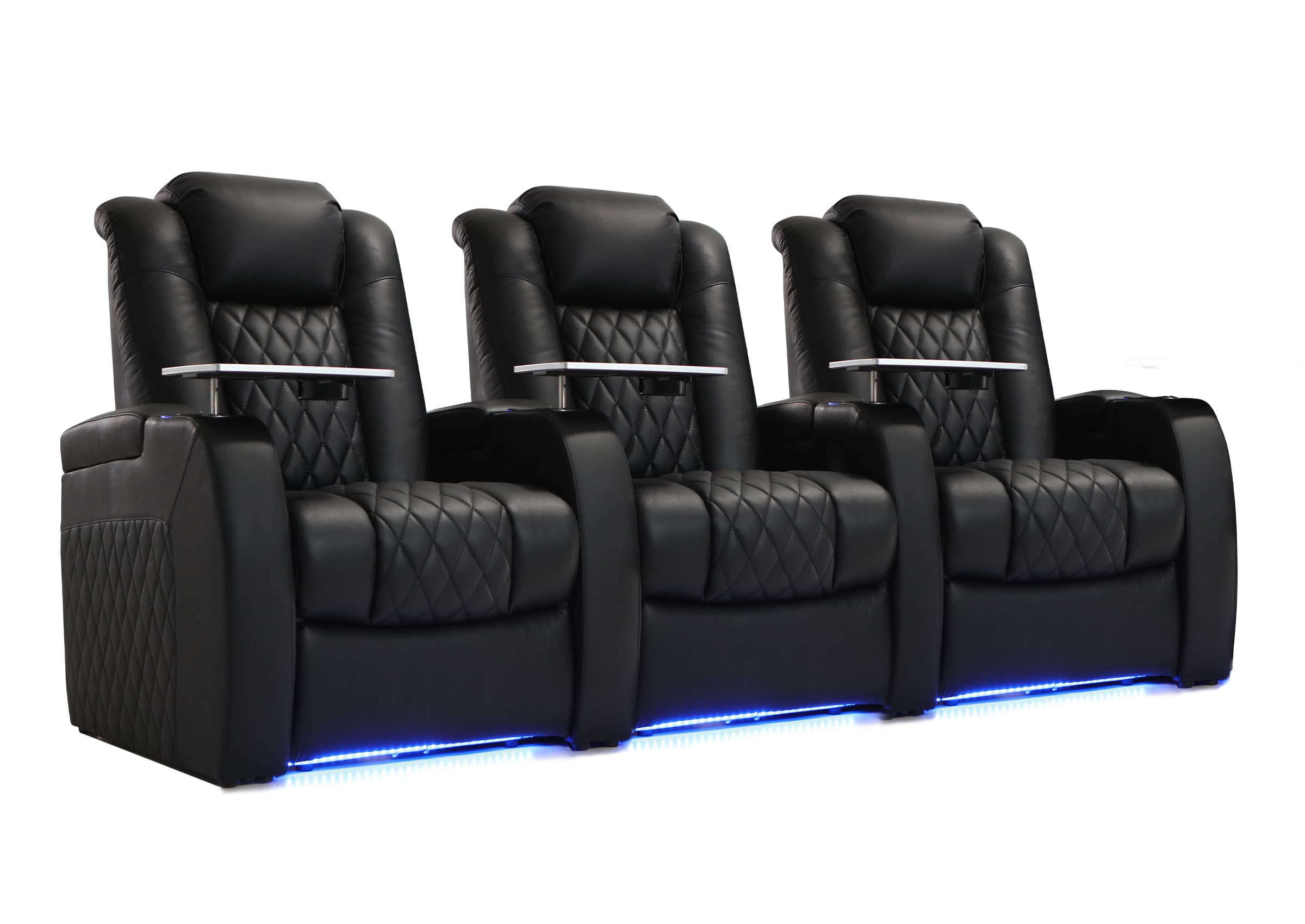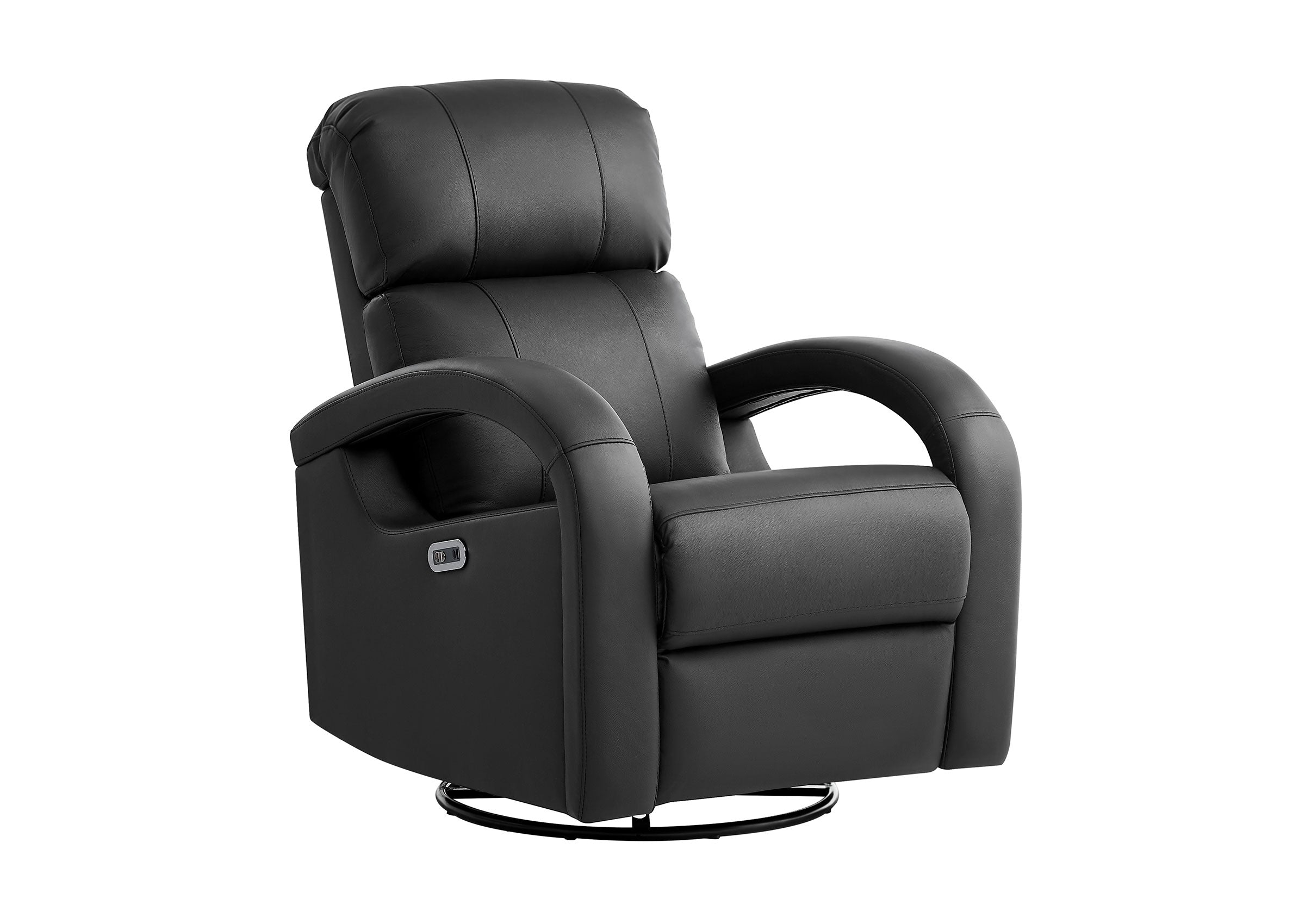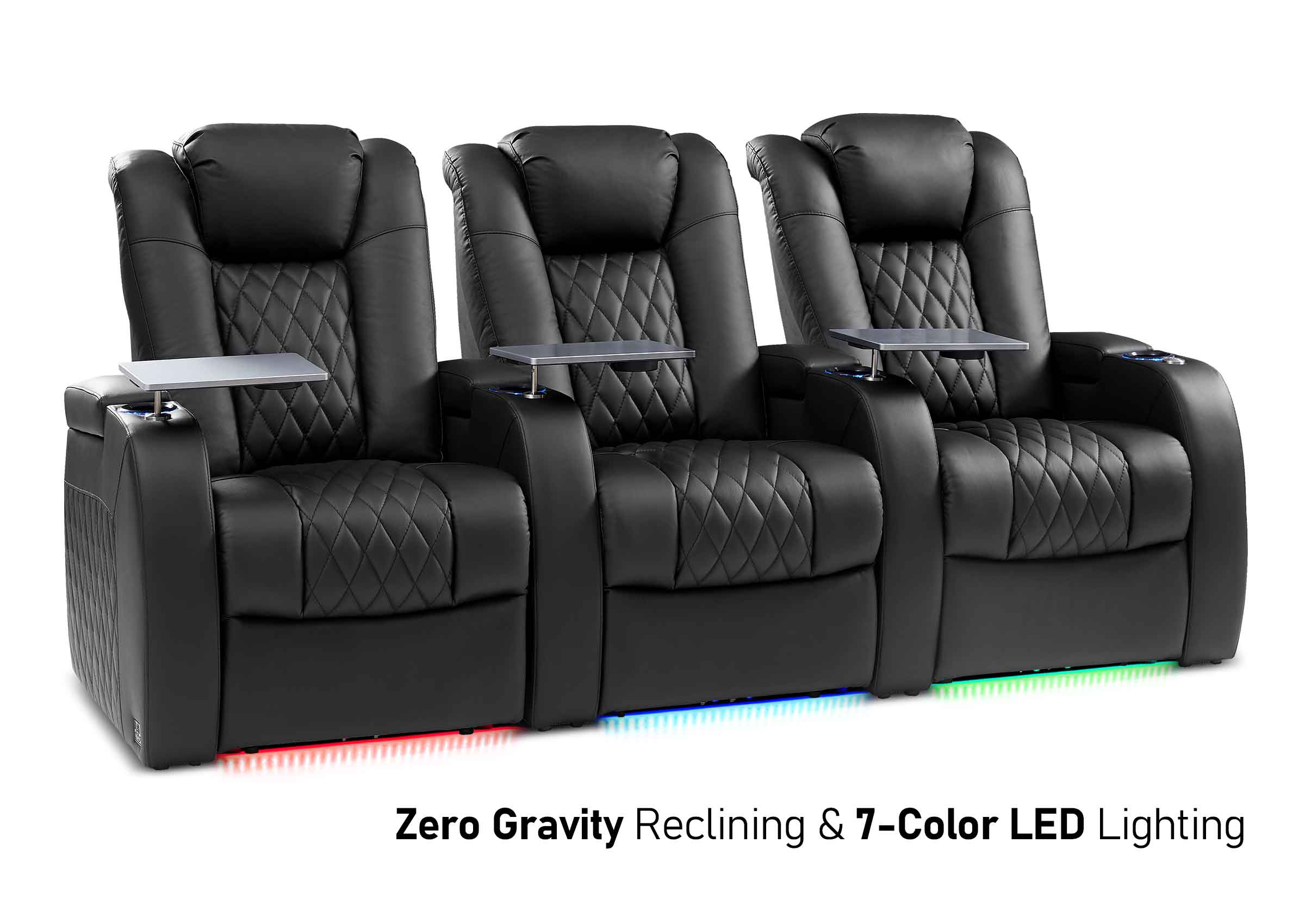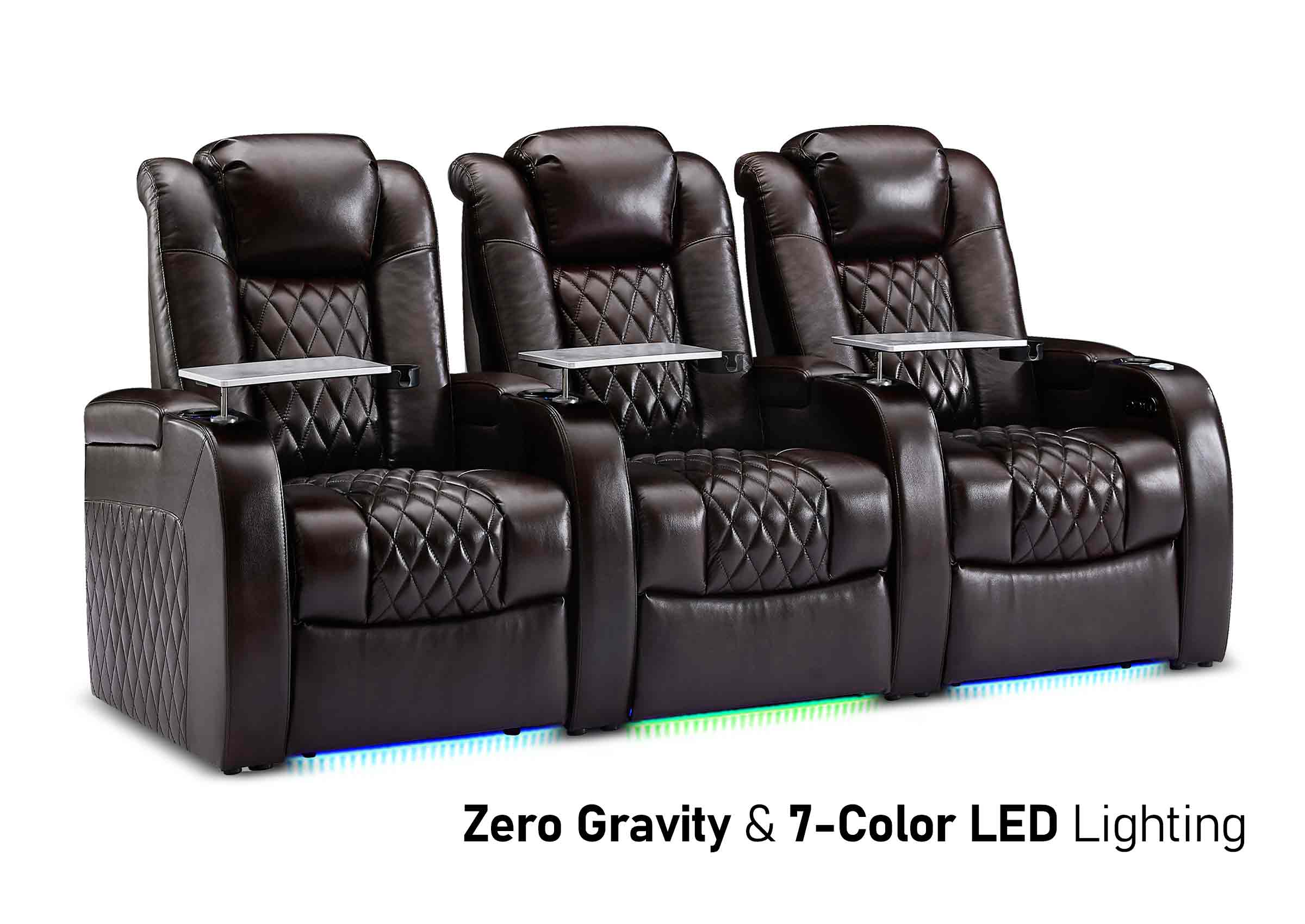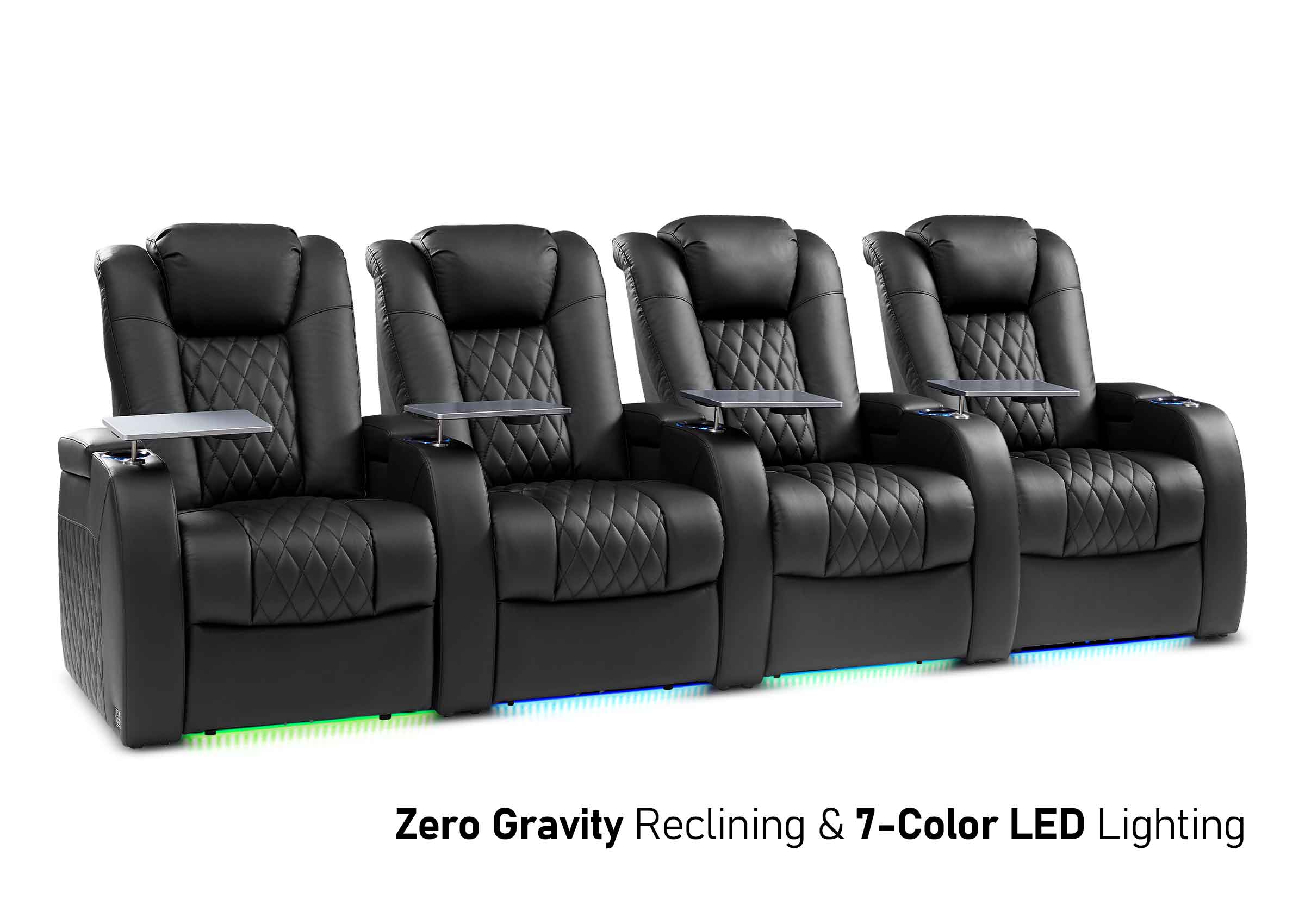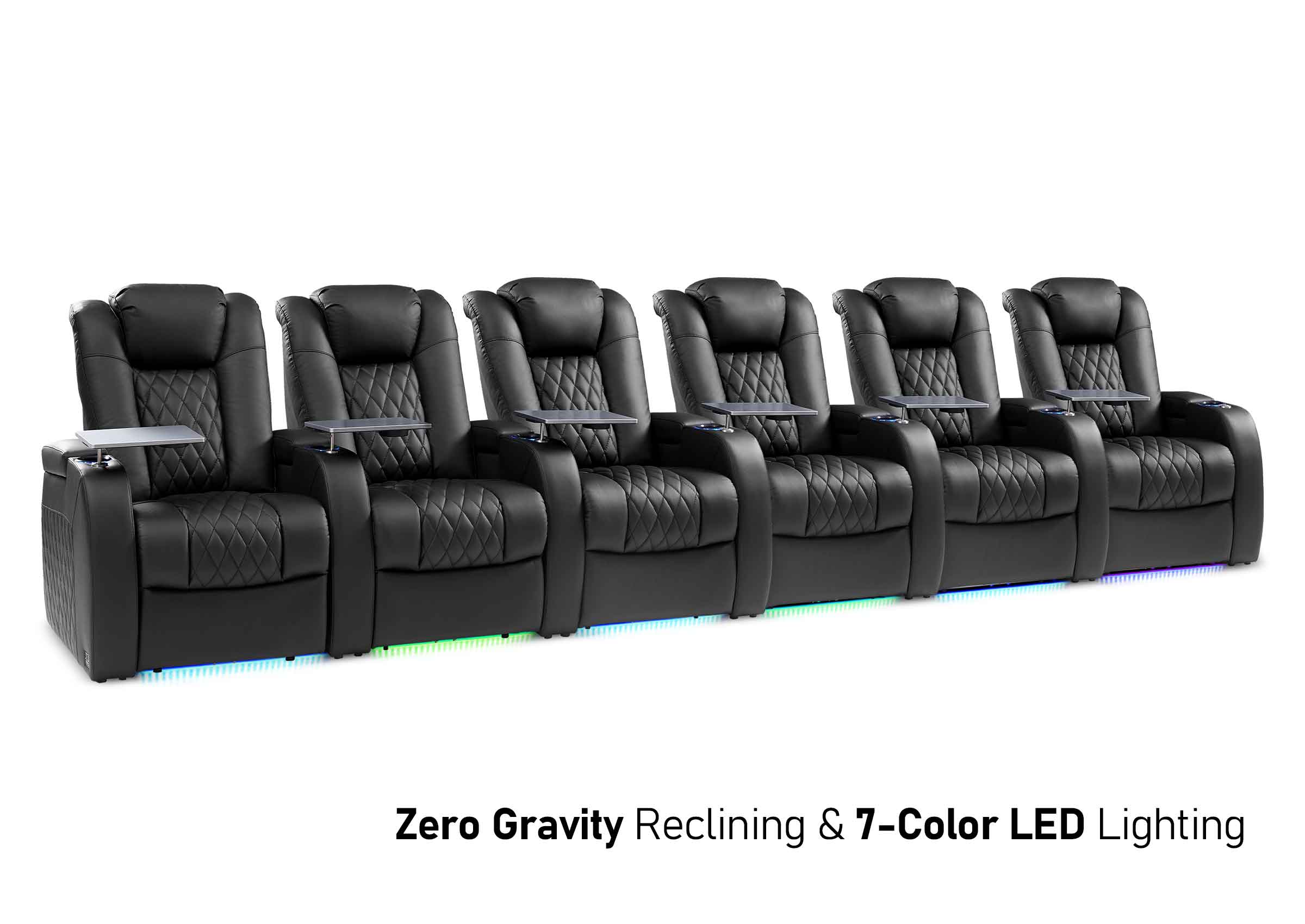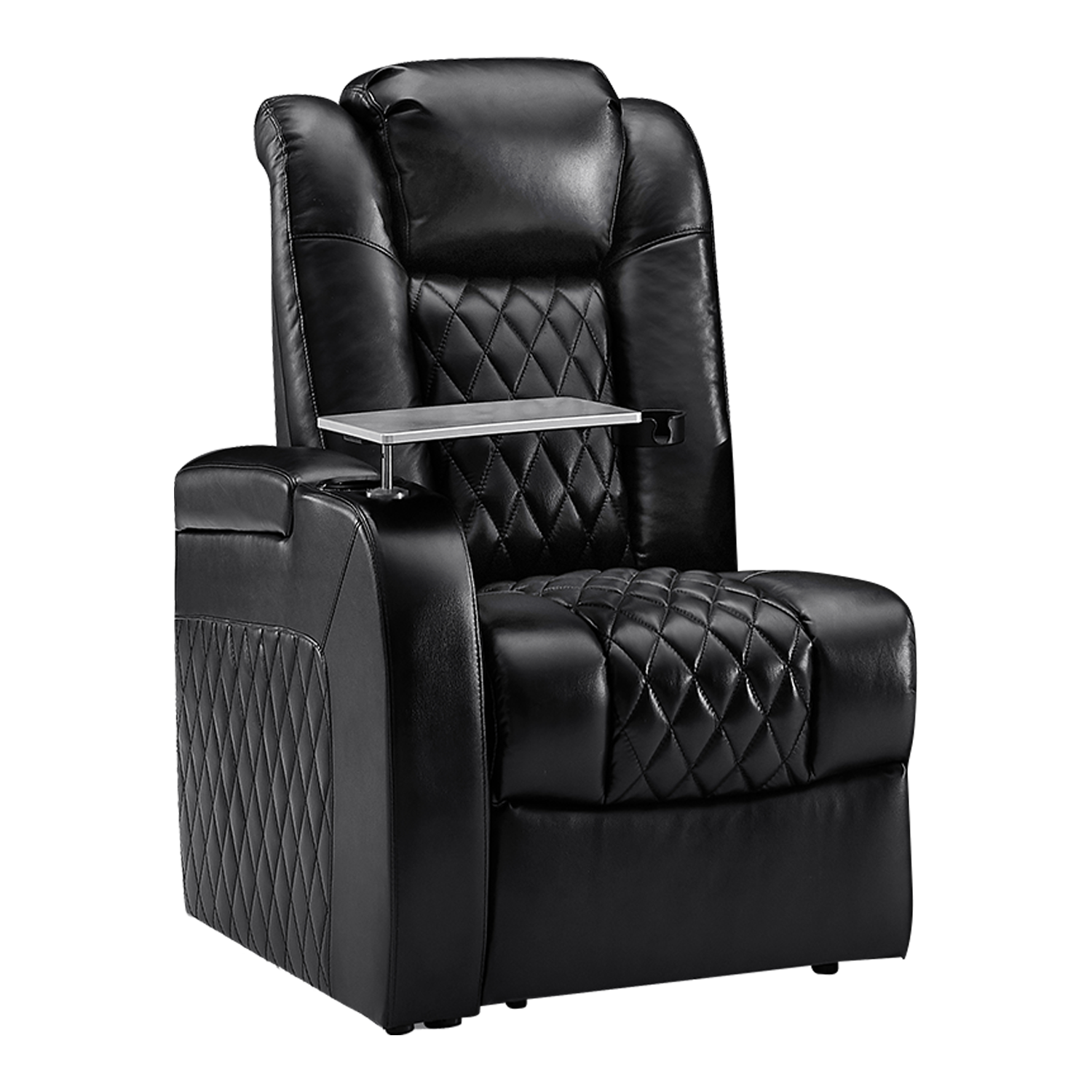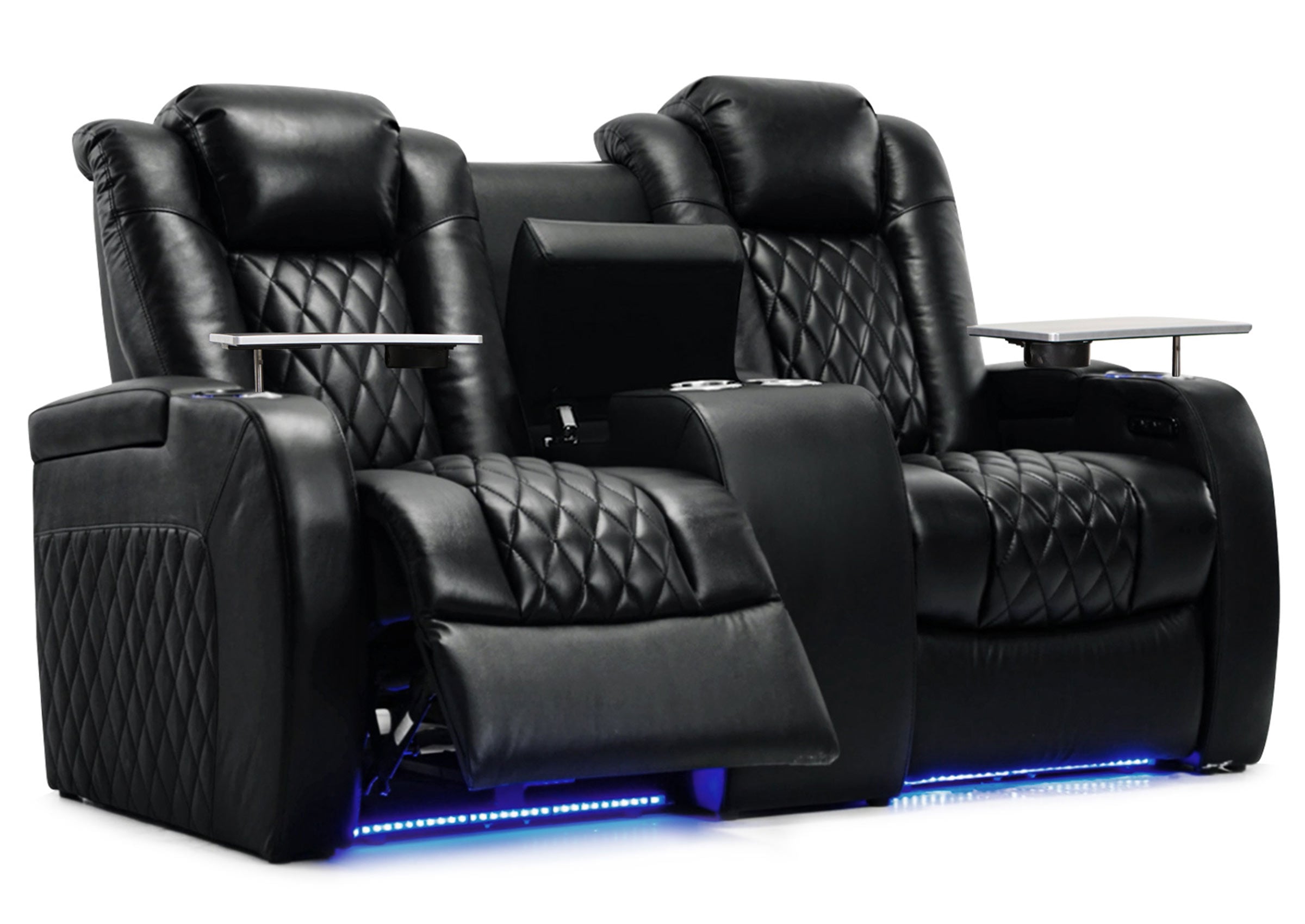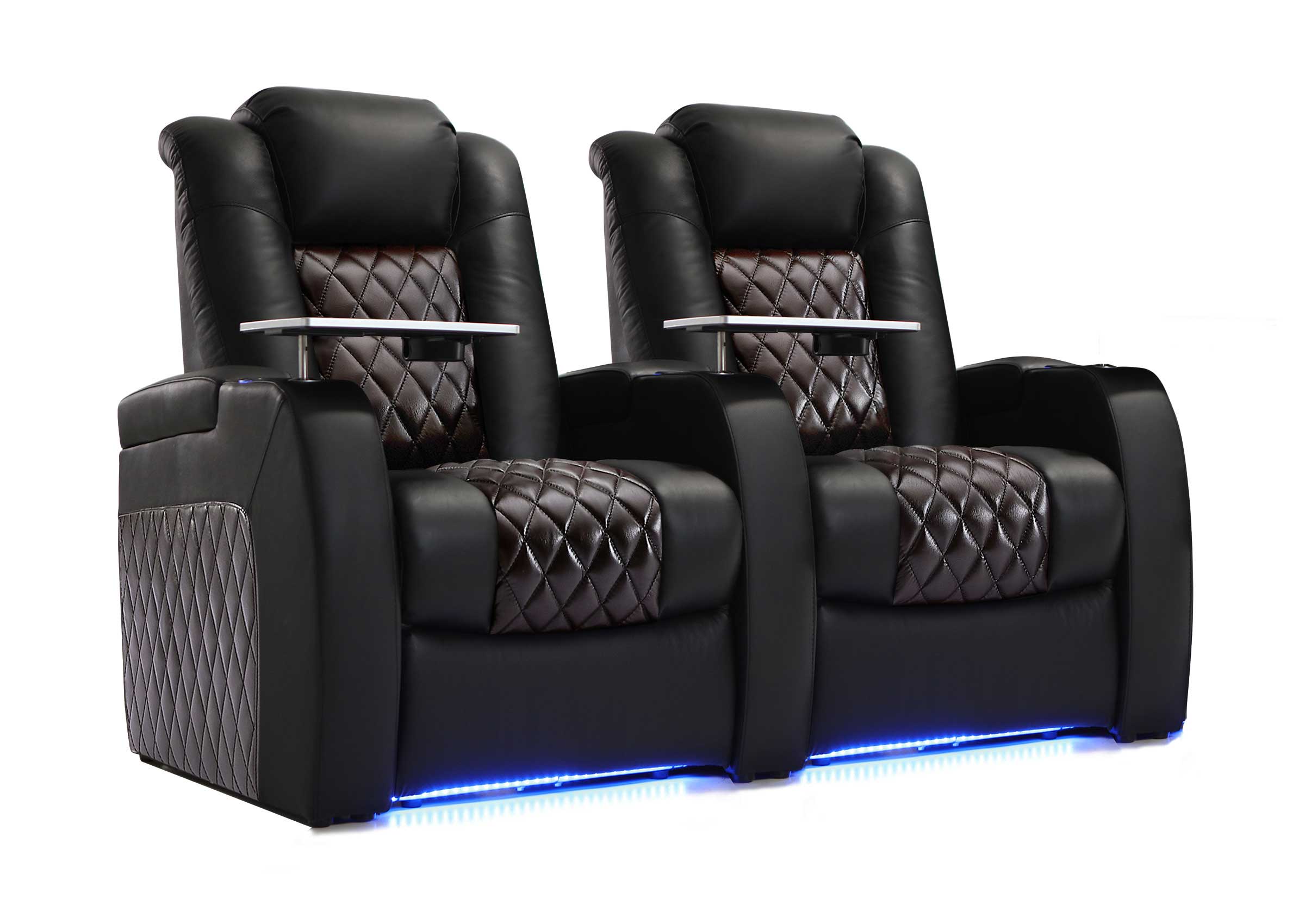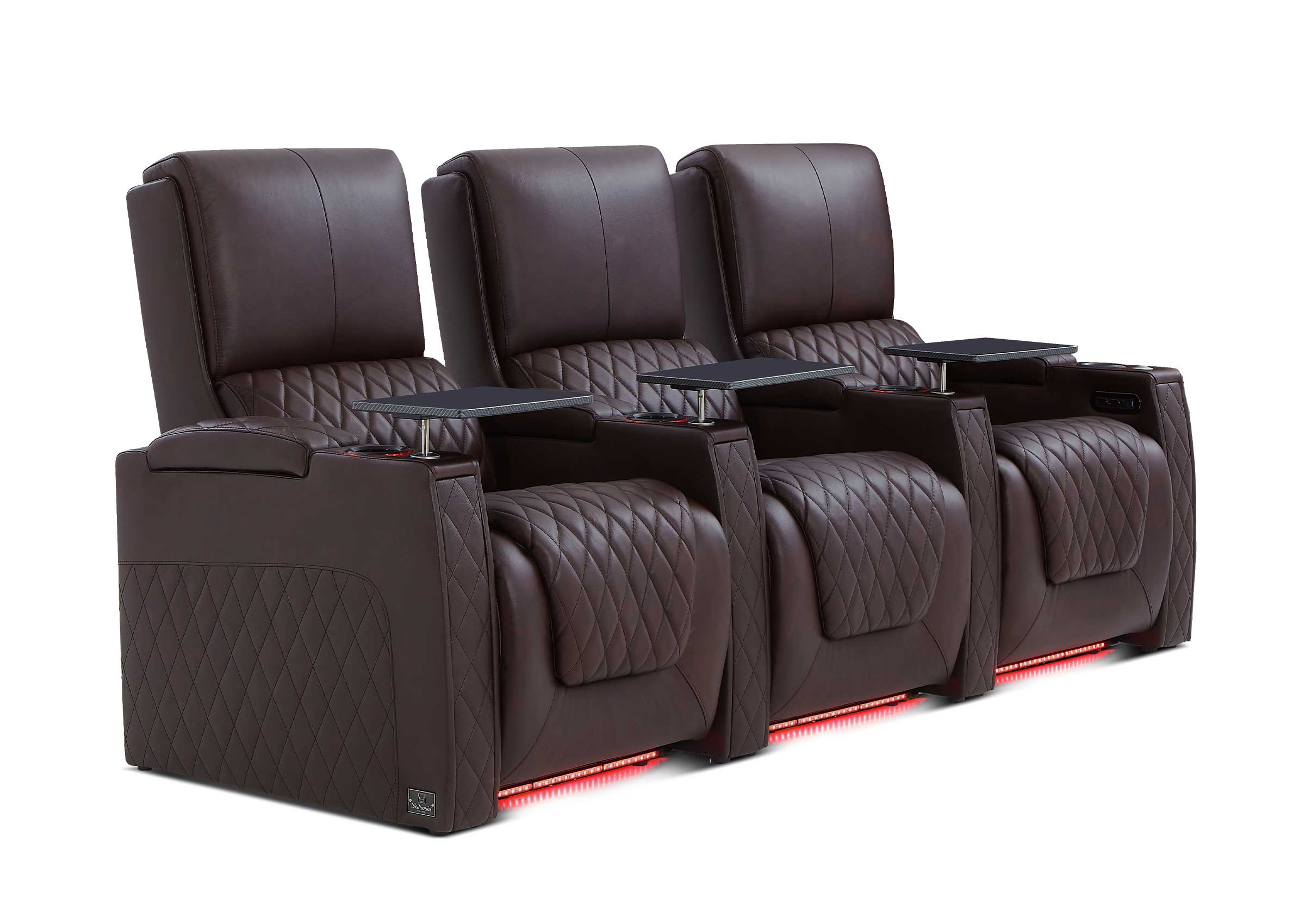A room bigger than 375 square feet (35 square meters) isn't just a spare bedroom to stick a screen in. This cinema-themed area is perfect for immersive storytelling. If you have enough room, you may make a movie theater-like setting with the best sound, video, and seats for a truly immersive experience.
The Foundation: Setting Up the Structure and Themes
Cleaning up the room is only part of getting ready for a big stage show. You are making a one-of-a-kind setting. This means thinking about structural elements and surface treatments designed to maximize immersion. The multi-level floor, also called a riser, is an important part of the structure. When there are more than two rows of seats, risers are needed so that everyone can easily see the show. It is best to have a ceiling height of at least 9 feet (2.7 meters) so that the riser can fit. Furthermore, this will allow for better soundproofing and lighting designs, like a starlight ceiling.
The finishing on the surfaces is very important. Controlling the light is important in a big room with a strong projector. It's important that the walls, ceiling, and even the floor are dark colors that do not reflect light. This prevents the screen's light from bouncing around the room and makes the picture clearer and more contrasting. Choose good quality matte paints or, for a fancier look and better acoustic performance, use fabric-wrapped acoustic panels for the walls.
Key Ingredients: Projector and Screen Harmony
The display, your projector and screen, is definitely a major part of a great home theater system. Choosing the right projector and screen together is essential for getting that immersive, cinematic picture. Some emphasize that a comfortable viewing experience is more important than pure screen size, so finding the right balance is key.
Choosing a Projector for a Grand Scale
The bigger room needs a much bigger screen to keep the immersive field of vision. It's not rare for these rooms to have screens that are 150 inches or more. But you need a projector that puts out a lot of light to generate a picture on a bigger screen that is bright, colorful, and full of life. The lumen count is very important when selecting a projector for a large theater. In order to display engaging high-dynamic-range (HDR) content on a large screen, a greater lumen count is required.

The Screen: Your Window to New Worlds
The screen is part of the audio-visual system, not merely a surface. An acoustically transparent screen is the superior choice for a professional and seamless experience. The front three speakers (left, center, and right) can be put right behind the screen at ear level thanks to this weaving or perforated material. This makes sure that the dialogue and sounds on the screen come straight from the action, just like in a regular movie theater. Another thing to think about is the aspect ratio. A 16:9 screen is normal, but a 2.35:1 or 2.40:1 Cinemascope screen gives you that epic, widescreen look for big-budget movies by using your whole room's width.
Crafting the Soundscape: Advanced Audio Solutions
A big room gives you a lot of chances to make a soundscape that is truly three-dimensional and powerful. It lets you use powerful audio systems without compromise.
Immersive Audio Systems and Speaker Placement
The size of a large room demands a sophisticated, powerful speaker system. You can go beyond conventional 5.1 or 7.1 surround sound and use more complex immersive audio formats with multiple overhead height channels. These systems produce a staggering dome of sound, putting you in the middle of the action. With multi-row seating, it is important to have dedicated overhead and surround speakers correctly positioned for each row to give each viewer the same high-quality, enveloping sound experience. In addition, getting smooth, powerful bass throughout a large room usually demands multiple, carefully positioned subwoofers to remove dead spots and provide consistent low-frequency impact to every seat.

The Critical Role of Acoustic Treatment
Effective acoustic treatment is crucial in a high-performance theater. In expansive spaces, echoes can abound, and excessive reverb can obscure clarity, rendering speech hard to comprehend and sound effects indistinct. To achieve clear sound, intricate detail, and impactful effects, one must devise a thoughtfully crafted acoustic plan.
Absorption panels are placed at key reflection points on the side walls and ceiling, aimed at reducing echoes and improving sound definition.
Diffusers, typically located on the rear wall, generate a freer and more natural sound, while preventing a dull sound.
Bass traps manage low-frequency energy from several subwoofers, producing tight, emotive bass without overwhelming.
The Art of Seating: Layouts for a Grand Audience
When your floor plan is bigger than 375 square feet (35 square meters), you can make seating arrangements that are both stylish and very comfy. These arrangements will determine how you watch.
Tiered Seating for Unobstructed Views
The multi-row, tiered seating is the signature of a great home theater. A properly designed riser guarantees that audiences in the rear rows enjoy an ideal sightline over the tops of the people in front of them. Each tier's height is carefully calculated according to screen size and viewing distances to provide a premium, unobstructed view from every last seat.

Beyond the Straight Row: Creative Layout Concepts
You needn't stick to linear rows of seating. A slight arc to the seating arrangement can provide a more theater-like and immersive configuration, drawing everyone's attention to the screen. For the best of both entertainment and flexibility, look at a design that incorporates varying styles of seating. You might include two rows of high-end, reclining theater seats for the main viewing areas, with a high-top bar and stools on a last riser in the rear. This provides an excellent social area to enjoy beverages or to have a more relaxed viewing experience.
Final Touches: Lighting and Automation
The finishing touches are what make a great home entertainment experience truly magical and easy.
Atmospheric Lighting Design
In a home theater of grand proportions, the key to lighting is ambiance. A well-designed, layered lighting scheme combines function and drama. Dimmable recessed ceiling fixtures provide a warm general lighting glow, and wall sconces add a touch of classic cinema sophistication. For safety as well as a high-end look, low-level floor lighting within the risers and aisles is a must.

Seamless Control with Home Automation
An advanced automation system is your theater's behind-the-scenes director. At the touch of a single button on a remote, keypad, or tablet, you can cue the whole movie sequence: the overhead lights lower, the sconces dim, the projector and sound system turn on, the screen emerges, and the film starts. This degree of effortless control defines luxury today.
Your Ultimate Cinema Awaits
It takes a lot of work and focus to build a big home theater. You may create an environment that goes beyond the home by using the space to add professional-level audiovisual systems, acoustic treatments, and comfortable, multi-level seating. It turns into your own little movie theater, a sanctuary where you, your family, and your friends may enjoy the most immersive experience possible.









